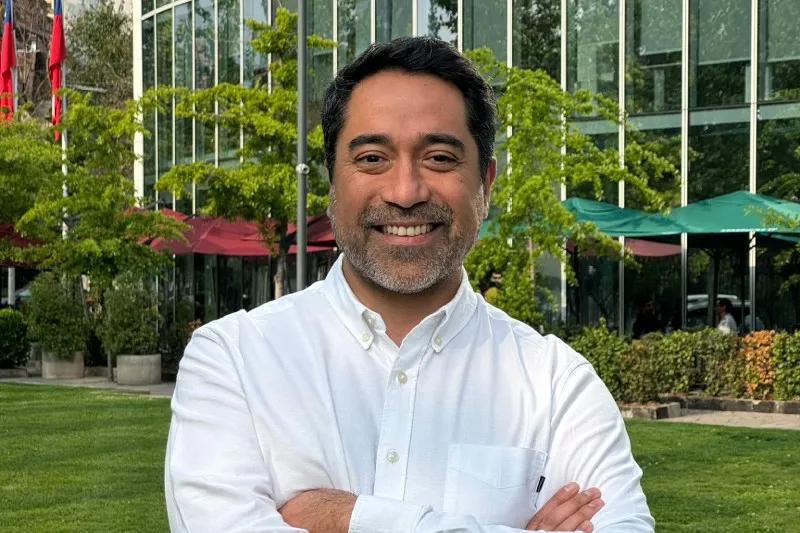By Gustavo Labbe, Head of Public Affairs and Sustainability Kimal-Lo Aguirre Connection
In 2021, a joint study by SENCE and the Ministry of Energy identified various challenges for the electricity transmission and distribution industry in Chile, particularly in the nine occupations most in demand by these sectors, including that of “line worker,” who are responsible for the construction, maintenance, and repair of electricity transmission and distribution lines. Due to the high risk and specificity of this trade, it has historically been learned directly on the job. The transmission of knowledge and family tradition have been essential: many linemen in the south-central part of the country start as apprentices or assistants, and through experience and effort, they progress to become second-class, first-class, or foremen.
On the other hand, since 2017 and to date, a series of annual expansion plans has driven the construction of more than a hundred new power transmission projects. The response to the shortage of local linemen has been, to a large extent, the hiring of foreign personnel, who contribute knowledge and skills in the construction of transmission projects in various regions of Chile. However, this solution does not structurally resolve the need to consolidate a national human capital prepared to take on the challenges of the industry.
Last March, the first “National Workshop to Promote Line Worker Schools in Chile” was held, a space for dialogue and reflection that brought together companies from the sector, contractors, academics, and representatives of public entities. Organized by the German Cooperation Agency (GIZ), the Tener Futuro Foundation (Colombia), and the Chilean Transmission Association, the meeting addressed the opportunities and challenges of creating line worker schools in the country. Relevant experiences were shared, such as those of the Colombian lineman school and national cases such as Conexión Kimal-Lo Aguirre, COX-ABENGOA, SAESA, among others.
The need to establish a single lineman profile validated by the industry, define clear leadership and a governance model that coordinates actions, financial support and future needs was highlighted. The urgency of developing training programs and plans that link local educational centers—technical high schools, universities, CFT, OTEC—and allow for the creation of public-private collaboration networks is also clear. All of this, with goals aligned with the real needs of the sector in terms of the deadlines for upcoming projects, the number of linemen needed, and in which regions future projects initiated by the country will be required.
